The latest generation of Mazda’s workhorse has clearly benefitted from the company’s joint venture with truck manufacturer Isuzu, resulting in the BT-50 sharing the latest D-Max ute’s rugged 4x2 and 4x4 underpinnings and body hard-points.
The only major differences between these two are exterior and interior styling, model grades and pricing, with the latest Mazda displaying the same all-round competence that has long been a hallmark of Isuzu utes.
Mazda recently launched a trio of entry-level BT-50s in base XS model grade, offering a choice of 4x2 single cab-chassis, 4x2 dual cab ute or 4x4 dual cab ute all powered by Isuzu’s feisty new 1.9-litre drivetrain. Only Mazda offers this engine in a dual cab ute configuration, so we recently sampled a 4x2 version to see how it might appeal to tradies and fleet buyers alike.
Mazda BT-50 2022: Gt (4X4)
| Engine Type | Diesel Turbo 4, 3.0L |
|---|---|
| Fuel Type | Diesel |
| Fuel Efficiency | 8.0L/100km (combined) |
| Seating | 5 |
| Price From | $40,810 - $48,070 |
| Safety Rating |
|
Does it represent good value for the price? What features does it come with?
Our test vehicle, with 1.9-litre four-cylinder turbo-diesel and six-speed automatic, has a list price of $42,590 plus ORCs. That’s in the ballpark of 4x2 rivals like Ford’s Ranger XL 2.2-litre Hi-Rider ($40,790) and Toyota’s HiLux Workmate 2.4-litre Hi-Rider ($42,795), but Mazda is offering drive-away pricing of $43,990 for ABN holders.

Although clearly focused on work duties with its 17-inch steel wheels, 255/65 R17 tyres and full-size spare, it’s not starved of desirable features either given that there’s LED headlights with halogen DRLs, adaptive cruise control, reversing camera, USB ports front and rear and benchmark safety.

A four-speaker infotainment system with steering wheel-mounted audio controls includes Android Auto, wireless Apple CarPlay and DAB+ digital radio. Unfortunately, it also shares the same infotainment screen as its D-Max SX equivalent, with the display shrunk to 7.0 inches surrounded by thick black borders. This downgrade serves no useful purpose other than a visual point of difference from higher-grade models that use the full screen.
Is there anything interesting about its design?
We reckon this is a good-looking truck, thanks to Mazda creating nicer styling than the previous Ford Ranger-based generation. The latest BT-50 is shorter in wheelbase and length, lower in overall height and lineball on width and turning circle compared to a 4x2 Ranger XL Hi-Rider.
The XS looks a cut above the usual bare-boned base model with its body-coloured front and rear bumpers, door handles, door mirrors and tailgate handle. And it has the same raised ride height and 235mm of ground clearance as the 4x4 version, along with some underbody armour. This not only gives it a more rugged and capable appearance but will be appreciated by tradies and no doubt farmers who often encounter rough terrain.
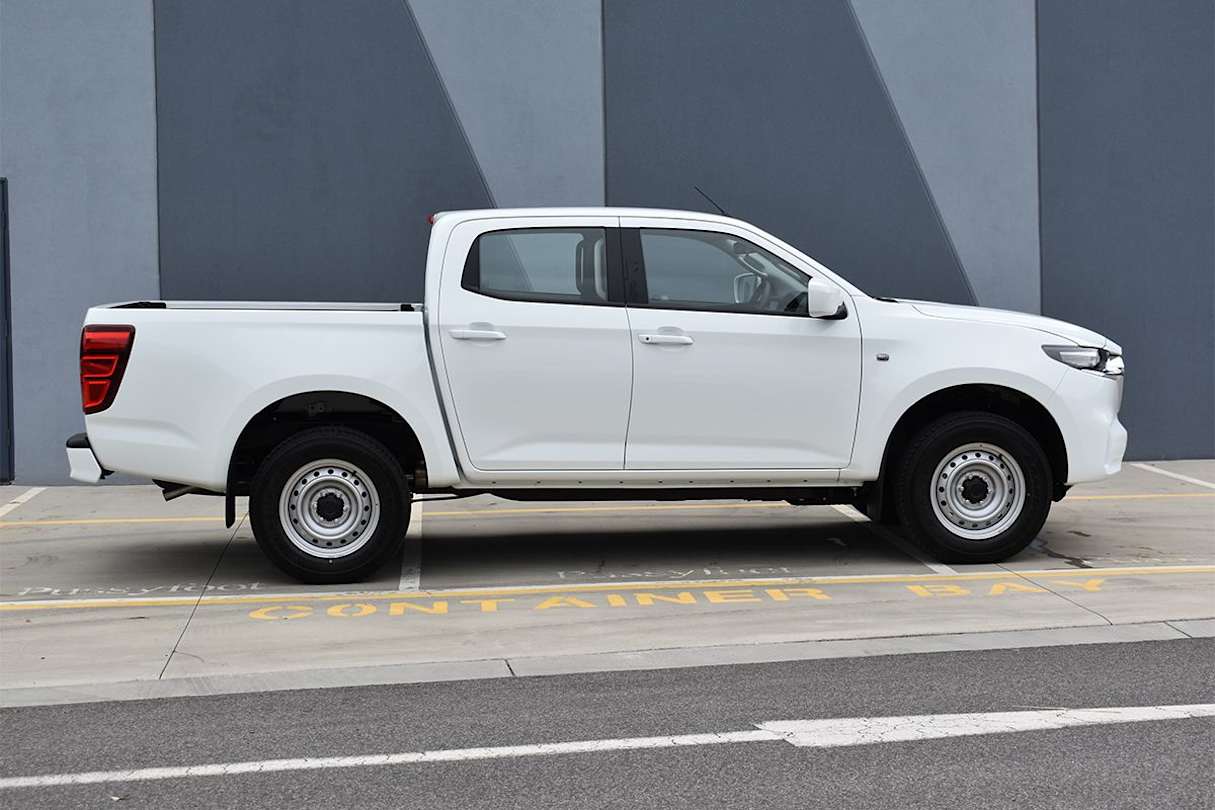
The DNA shared by the BT-50 and its D-Max donor is most obvious in the cabin, where only a few cosmetic changes define them. Even so, the Mazda’s interior lay-out is spacious and practical, with big passenger-assist handles on the A and B pillars and wipe-clean vinyl flooring.
It also has an upmarket look and feel thanks to contrasting fabric seat trim, exposed stitching along numerous seams, a tasteful blend of piano black and satin chrome highlights on the dashboard and door linings and adjustable a/c vents on the rear of the centre console for back seat travellers.

There’s generous space for driver and front passenger and the rear seating is surprisingly comfortable, given that there’s ample head and kneeroom even for those in the 1.8-metre-tall zone. However, if adults are travelling three-abreast, shoulder room is tight like all dual cabs short of a full-size US pick-up.

What are the key stats for the engine and transmission?
It might say Mazda on the engine cover but underneath it’s pure Isuzu - and that’s a plus. The hearty Euro 5-compliant 1.9-litre four-cylinder turbo-diesel produces 110kW at 3600rpm and 350Nm between 1800-2600rpm. While that’s 30kW less power and 100Nm less torque than Isuzu’s more familiar 3.0-litre unit, our test vehicle has a low kerb weight and its diff ratio is slightly shorter to compensate for the lower engine outputs (see Driving).

The Aisin six-speed torque converter automatic is a smooth-shifting and proven performer, with electronic control minimising gear-hunting on climbs and automatically downshifting on steep descents to assist with engine-braking. It also has fuel-saving torque converter lock-up on third, fourth, fifth and sixth gears and the option of sequential manual-shifting.
Like its D-Max donor, there’s no remote-controlled locking diff like some 4x2 Hi-Rider rivals, with the BT-50 relying instead on electronic traction control when rear tyre grip is compromised.
How much fuel does it consume?
Mazda claims an official combined figure of just 6.7L/100km but the dash display was showing a much higher 12.2 when we stopped to top up the 76-litre tank after 355km of testing, of which about one third was completed with more than one tonne of payload.
However, our number calculated from fuel bowser and tripmeter readings was only 8.5, which was lower than the dash reading but higher than the official figure. Even so, that’s pretty frugal for a big dual cab ute, so you could expect a lengthy ‘real world’ driving range in the high-800km zone from a full tank of diesel.
How practical is the space inside?
Our test vehicle’s relatively low 1865kg kerb weight is 70kg lighter than its 4x4 equivalent, which with a 3000kg GVM rating results in a mighty 1135kg payload limit. It can also tow up to 3000kg of braked trailer, but to do that the payload would need to be reduced by 500kg or half a tonne to avoid exceeding the 5500kg GCM rating, or how much it can legally carry and tow at the same time.
Alternatively, you could lower the trailer weight by that same 500kg to 2500kg and keep the maximum payload. Either way, these are practical numbers to suit numerous work applications, whichever way you arrange them.
The load tub, which on our test vehicle was fitted with a non-standard tub-liner, has a 1571mm floor length, 1530mm width (measured at the top), 490mm depth and 1120mm between the wheel housings. There are four load anchorage points and a handy step in the centre of the rear bumper for accessing the tub when the tailgate is closed.
Cabin storage includes a large-bottle holder and bin in the base of each front door and a closable compartment to the right of the driver’s knee for small items. There’s also an overhead glasses holder, upper and lower gloveboxes and a centre console with open tray at the front, twin small-bottle/tall cup-holders in the centre and small box at the rear with a lid contoured to double as a driver’s elbow rest.

Rear passengers get a large-bottle holder and small storage nook in the base of each door plus flexible pouches on the front seat backrests. However, there’s no fold-down centre armrest with cup holders, so no cup storage when travelling with only two in the back.
The rear seat base cushion has a 60/40 split and both sides can swing up through 90 degrees and be stored vertically if more internal load space is needed. Doing this also reveals two large underfloor compartments with lids which could be particularly useful for storing valuables out of sight.
What’s it like as a daily driver?
The 1.9-litre engine has 21 per cent less power and 22 per cent less torque than the 3.0-litre and is a full 1.1 litres or 37 per cent smaller in cubic displacement. However, our test vehicle is also 60kg lighter than its 3.0-litre 4x2 dual cab ute equivalent, resulting in power-to-weight ratios that are comparatively close, with the 1.9-litre carrying about 17kg/kW compared to around 14kg/kW for the 3.0-litre.
The 1.9’s slightly shorter diff gearing creates some extra punch when accelerating, particularly from standing starts. It also allows the smaller engine to operate at the slightly higher rpm it needs to showcase its flexibility, with 300Nm or 85 per cent of its maximum torque served across a 2150rpm-wide torque band between 1550rpm and 3700rpm.

The end result is a negligible difference when behind the wheel. In fact, we sometimes forgot we were driving the 1.9, given not only its willing performance but refinement and noise levels which are on par with the 3.0-litre. It also cruises comfortably at highway speeds, requiring only 1600rpm to maintain 100km/h and just under 1800rpm to hold 110km/h, combined with adaptive cruise control that makes longer trips more relaxing.
The driver’s seat offers good support and combined with the height-and-reach adjustable steering wheel and large left footrest, it’s not hard to find a comfortable position. The BT-50 has light but responsive steering feel and good braking response, with a ride quality that’s definitely on the firm side when unladen. As a result, it can get jiggly on bumpy roads without a decent load, but given its big 1135kg payload rating such rear spring stiffness is to be expected.
What’s it like for tradie use?
We loaded 890kg into the load tub which with our crew of two equalled a 1040kg payload that was only 95kg under its maximum rating. The rear leaf springs compressed 80mm, which seemed excessive until we observed that there was still an ample 40mm of bump-stop clearance remaining.
As a result, there was no bottoming-out during our load test, which covered a variety of sealed and unsealed roads. The BT-50 maintained its composure with sure-footed handling and negligible effect on steering and braking. At highway speeds there was no gear-hunting on moderate gradients, with the six-speed auto downshifting decisively to fifth and sometimes fourth to maintain the set speed.
It also proved to be a competent climber on our 13 per cent gradient, 2.0km-long set climb at 60km/h, downshifting to third gear at 2250rpm to easily pull this load to the summit with plenty of accelerator travel remaining.
Engine-braking on the way down, in a manual-selected second gear, wasn’t as robust and required several firm brake applications to avoid exceeding the posted speed limit. However, this lack of retardation is typical of other smaller displacement (under 3.0-litre) turbo-diesels we’ve tested.
Warranty & Safety Rating
What safety equipment is fitted? What safety rating?
Shares the same ANCAP five-star rating achieved by the D-Max in 2020. Advanced safety includes eight airbags, AEB and forward collision warning, blind-spot monitoring, rear cross-traffic alert, rear parking sensors, reversing camera, trailer sway control, hill descent control and heaps more. There’s also ISOFIX and top-tether child seat attachments on the two outer rear seating positions.
What does it cost to own? What warranty is offered?
The BT-50 is covered by Mazda's five years/unlimited km warranty. Scheduled servicing every 15,000km or 12 months whichever occurs first. Minimum cost of $2085 for the first five scheduled services, which represents a total saving of $230 over the 3.0-litre version.
Verdict
This is effectively a 1.9-litre 4x2 D-Max with a dual cab ute configuration that’s not available in the Isuzu range. It’s a good-looking, comfortable, economical and capable workhorse with a big payload capacity that’s sure to appeal to tradies and fleet buyers alike.
Pricing Guides

Range and Specs
| Vehicle | Specs | Price* |
|---|---|---|
| Gt (4X4) | 3.0L, Diesel, 6 SPEED AUTOMATIC | $40,590 - $47,740 |
| Xs (4X2) | 1.9L, Diesel, 6 SPEED AUTOMATIC | $33,770 - $40,260 |
| Xs (4X4) | 1.9L, Diesel, 6 SPEED AUTOMATIC | $36,080 - $42,900 |







.jpg)










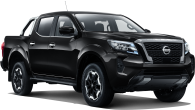




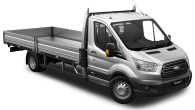


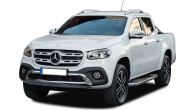



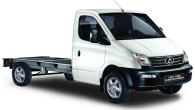




.jpg)




